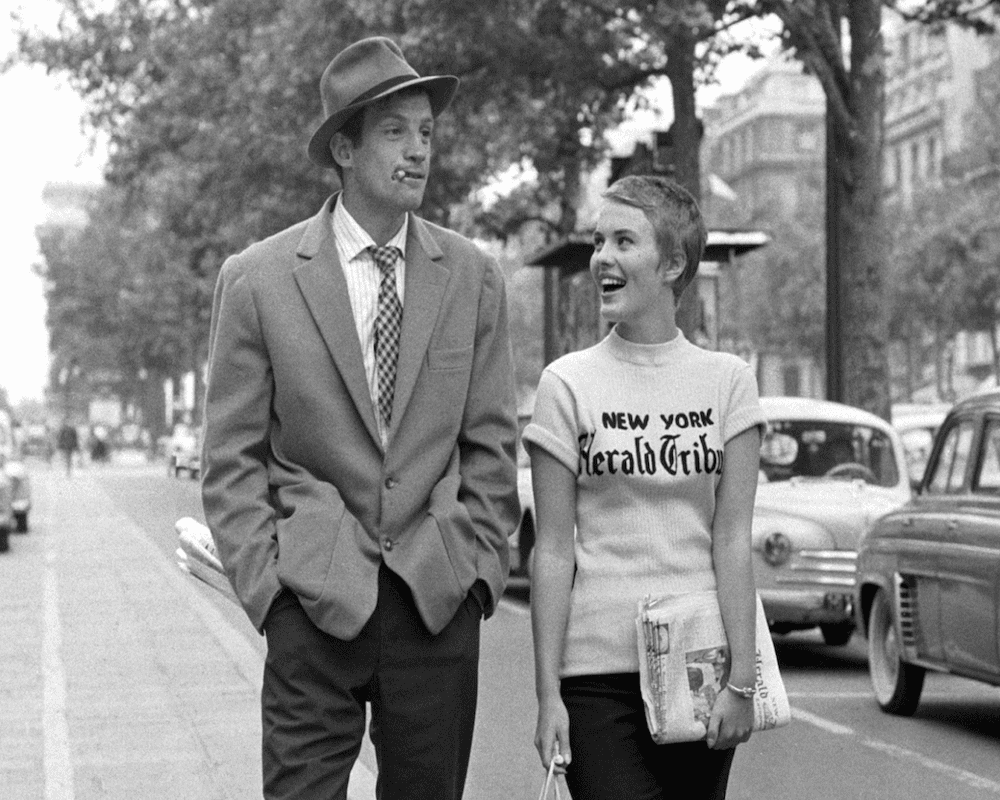Film is an ever-changing art form that has opened the eyes and hearts of viewers across the globe. Through streaming platforms, audiences have the opportunity to expand the scope of films available to them like never before. The fact that foreign films are finally making their way into American homes should be celebrated. Without the various artistic movements from each foreign film culture, we wouldn’t have the vast and elaborate catalog of viewing pleasure we do today. Countries all over the world have each left their own distinct mark on the motion picture industry. In December of 1895, the Lumiere brothers showed the first “movie,” as we know it, in Paris. Film history may have started in France, but it doesn’t end there. Anyone with a love for cinema would greatly benefit from viewing the timeless masterpieces that helped to shape films of today. Here are seven foreign films that revolutionized the industry.
1. The Cabinet of Dr. Caligari (1920, dir. Robert Wiene)
German Expressionism
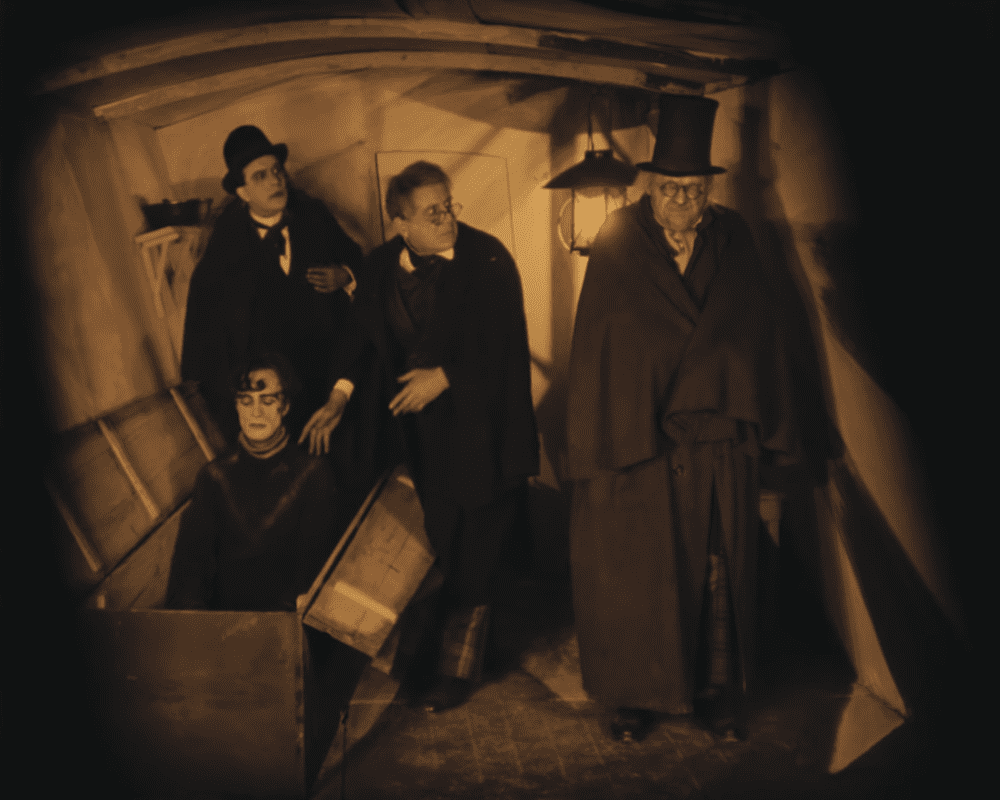
Saying “The Cabinet of Dr. Caligari” was ahead of its time is like saying “Interstellar” is just a cool space movie. This 100-year-old film employs techniques that dramatically embellished the set development available at the time. The backdrops constituted what seems to be cardboard and painted backgrounds. But, shooting the scenes in deep focus made the set seem more dynamic. “The Cabinet of Dr. Caligari,” was filmed following World War I. This film expertly allegorizes the dangers of unchecked dominion by showing a man controlled by a crazed authoritarian figure.
The non-linear plot and use of a frame story narrative aided in the horror of the film and allowed for more suspense. The rudimentary props on set were purposely made in inorganic shapes and harsh angles to instill a feeling of unease. The distorted architecture and prop design throughout the movie epitomizes the expressionist movement by manufacturing a chilling mise en scéne depicting a dark and nefarious world.
2. Battleship Potemkin (1925, dir. Sergei Eisenstein)
Russian Utopian/Dystopian Movement

“Battleship Potemkin” was the world’s introduction to the dialectic montage, emphasizing the discontinuity of one shot from another, and is considered by critics as one of the greatest films of all time. A Russian revolutionary propaganda film, “Battleship Potemkin” fuses communist/Marxism ideology with a compelling tale of a naval ship whose crew overthrows their captain. Although the sailors are committing mutiny, the style in which the film is shot allows the viewer to empathize with their plight.
Sergei Eisenstein, the film’s director, wanted to make his audience think. His filmmaking brilliance is studied and revered by students of the craft worldwide. Eisenstein’s work shows the world as it could be, not how it actually is. The final act of the film with the Cossacks slaughtering innocent bystanders on the Odessa staircase is legendary and unparalleled in emotional intensity. The Odessa Steps sequence isn’t meant to perpetuate sympathy for individual characters, it is about the working class as a whole. A scene of this magnitude is not viewed—it is felt. The emotional charge accentuates the characters’ desires to challenge the status quo and move toward an actualized utopia.
3. Metropolis (1927, dir. Fritz Lang)
German Expressionism/Modernism
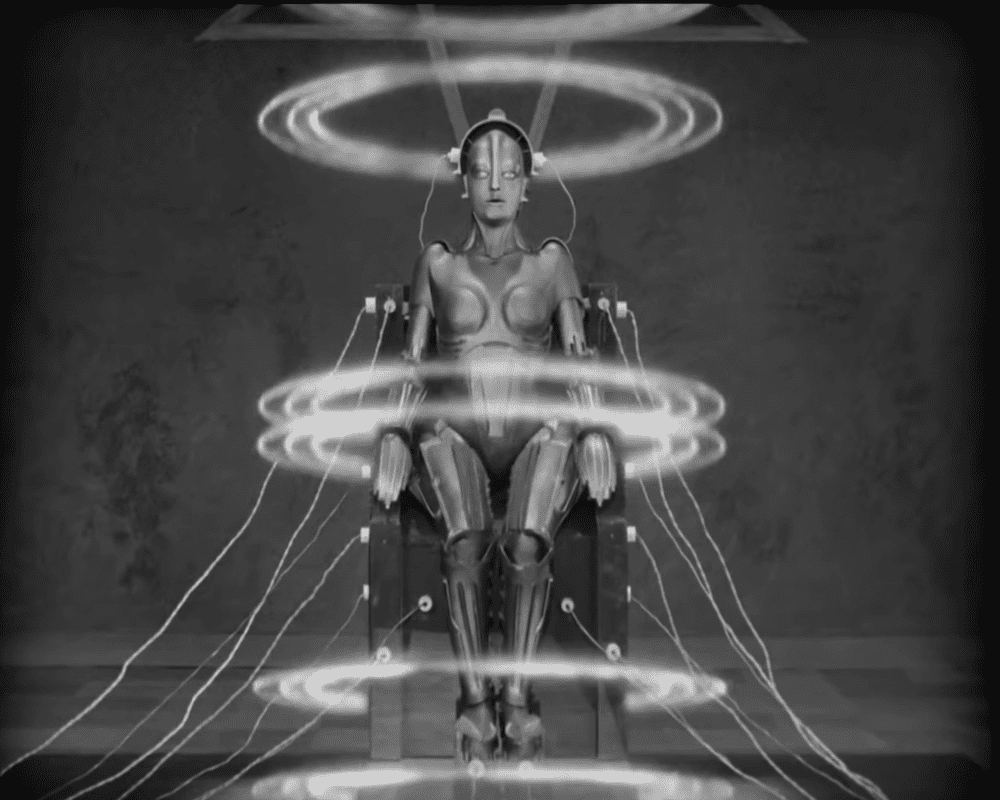
“Metropolis” is one of the most celebrated science fiction films ever created. Paving the way for an astounding number of future films, director Fritz Lang’s artistic vision resulted in a stunning visual masterpiece. This film expertly depicts the duality of the world and of human nature. Set between World War I and World War II, “Metropolis” blends the two influential German artistic movements of expressionism and modernism. The story is a looking glass into the cultural distress and turmoil of a war-torn country, and how it will lead to another devastating war. Lang warns the world about the crisis of unchecked human power and control.
“Metropolis” offers its viewers something creative and inventive that ignores the boundaries set by earlier films. Lang’s ingenious dystopia prepares the world for what is visually and thematically possible in future films, in and out of the science fiction genre. “Metropolis” thrusts itself into modernity with stunning visuals and insightful parables, and it’s a true testament to the influential artistic eras.
4. Bicycle Thieves (1948, dir. Vittorio De Sica)
Italian Neorealism
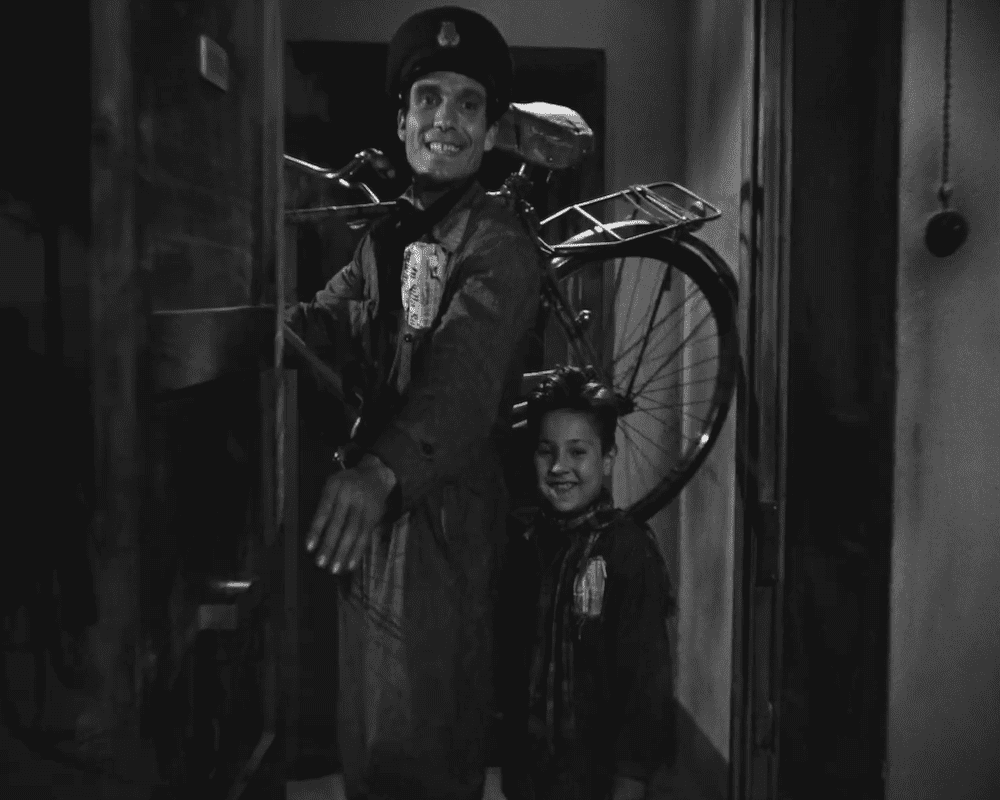
The charm and emotion of “Bicycle Thieves” stems from the realness of its depiction. The premise of the film is the struggle facing working and lower-class families, and the sacrifices made to survive. By using real people and not actors, in true neorealism fashion, the director was able to press his fingers to the heartbeat of society at that time. Filming on-set rather than in studios, made the movie even more memorable. This filming technique also allowed viewers to better empathize with the characters.
Filming this movie in any other style would have completely changed the emotional tenor of the story. Neorealism made for raw emotion, gritty visuals, and a creative contemplation about what the world was like at that time, similar to a high-end modern documentary.
5. The Seven Samurai (1954, dir. Akira Kurosawa)
Japanese Modernism
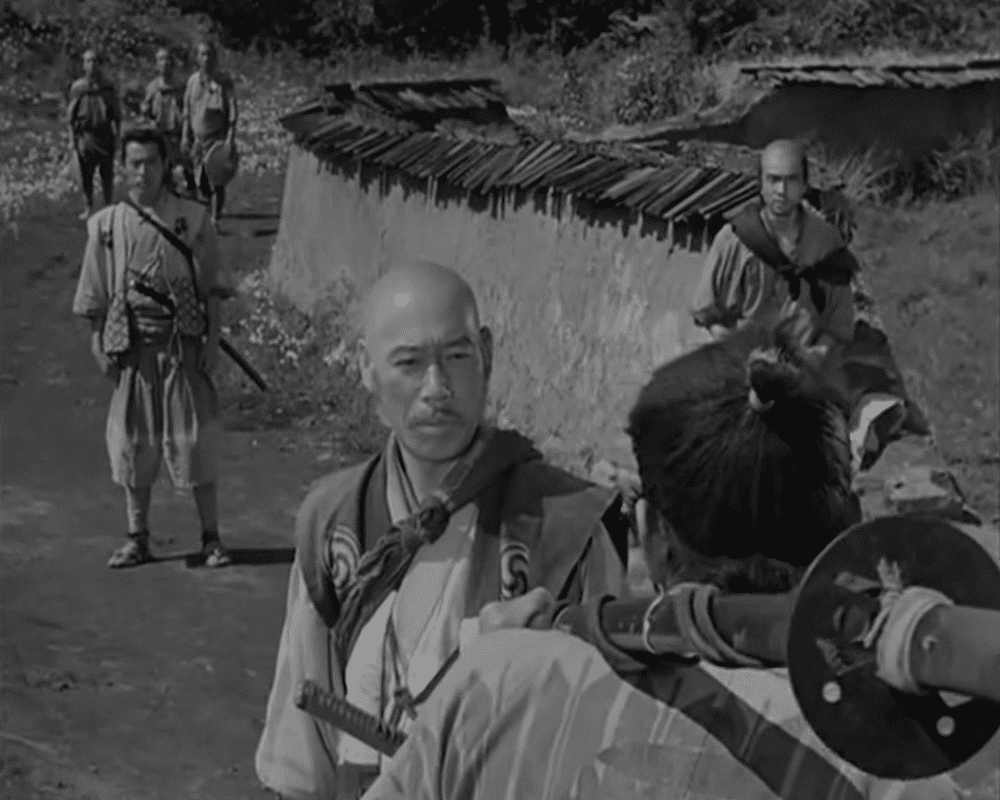
Japan is commonly viewed by outsiders as a land of tradition and rigidity. With that tradition comes a moral standard that even the Ronin, or masterless samurai, in the film dutifully adhere to. Each Ronin embodies one of the seven traditional virtues that are known to be upheld by a samurai. The film heavily engages with the customary importance of lineage, and the respect for these skilled warriors, as well as the elders of society. These ideals that are challenged when Kikuchiyo, one of the film’s seven samurai, is allowed to travel and fight alongside the others despite his false family tree. The development, and eventual acceptance of Kikuchiyo, is unprecedented in Japanese film and Japanese culture alike. The other samurai learn to respect him regardless of his lack of appropriate ancestry, which perfectly exemplifies how this film breathes modernity into a historic culture.
Born a farmer and aspiring warrior, Kikuchiyo lacked many qualities of the traditional samurai. His haunted past is a crucial part of the film’s display of modernism. During the long-awaited attack on the village the samurai were sworn to protect, he holds a boy that has been orphaned by warriors just as he once was. This emotional scene is pivotal for his comrades to understand his turbulent relationship with the idea of samurais. “The Seven Samurai,” is a dynamic and awe-inspiring film that includes arguably the greatest assembly of a complementary team, a trope prevalent and celebrated in future films shared by all cultures.
6. Mother India (1957, dir. Mehboob Kahn)
Indian New Wave
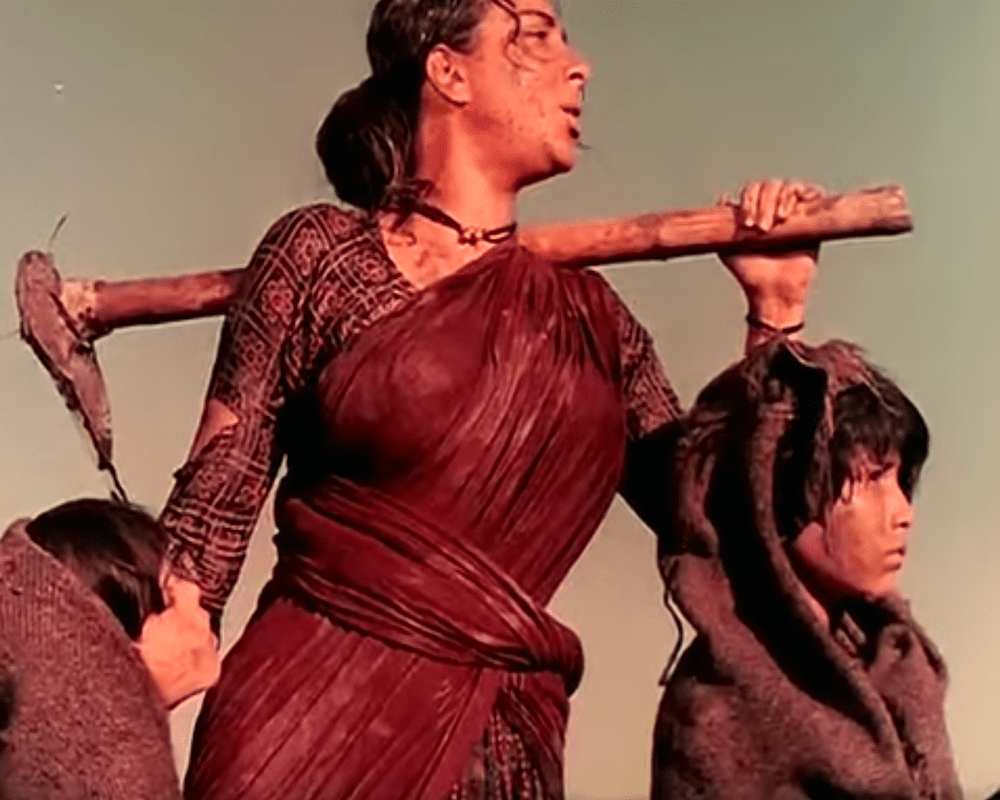
It’d be impossible to talk about the monumental influence foreign films have had on the film industry without mentioning India. India is actually the largest producer of films in the world, and it is home to the famous Bollywood. Director Mehboob Kahn was already a pioneer in Indian cinema. He solidified his status when he remade his own film, “Aurat.” The film’s remake became the social epic, “Mother India”. “Mother India,” received immense praise from viewers and critics and many awards.
“Mother India,” like many Indian New Wave films, focuses its story not on lives of extravagance, but on those of poor people. However, one important aspect makes it unlike many Indian films made before. “Mother India” does not have a male lead or protagonist. Instead, it has a woman, Rhada, that perseveres after her crippled husband leaves her out of his own shame. Khan’s masterpiece, “Mother India,” examines the price women were forced to pay in the fight towards progress.
7. Breathless (1960, dir. Jean-Luc Godard)
French New Wave
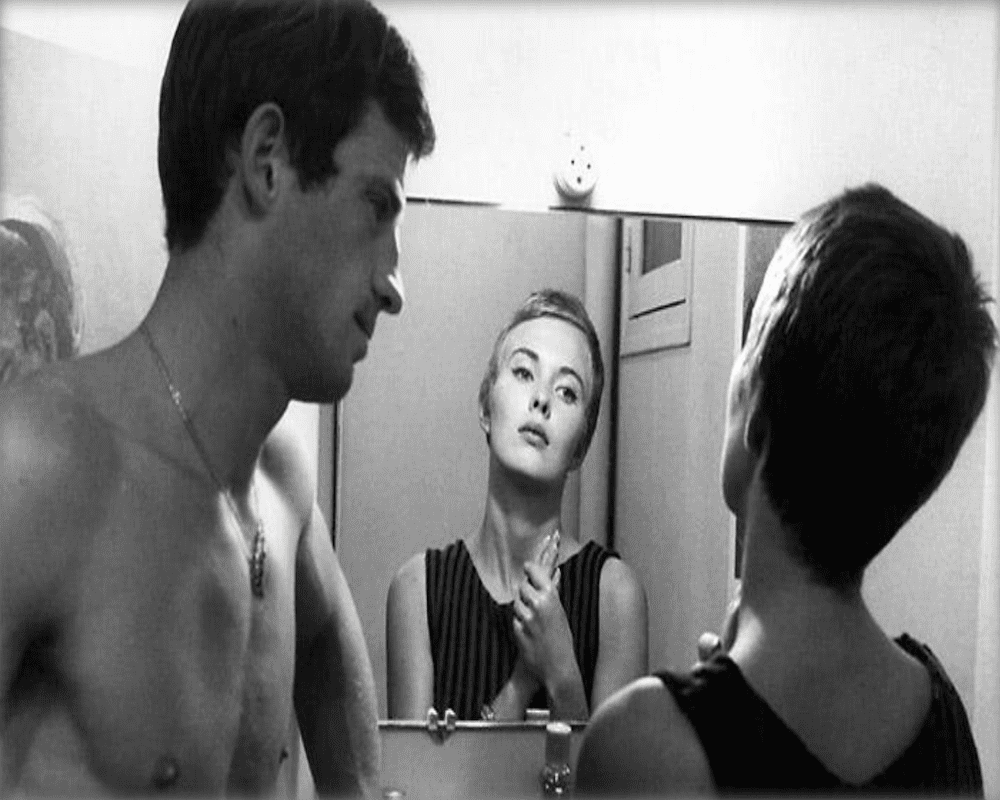
The French New Wave bore a new kind of director, one that focused on artistry and expression: the auteur. New Wave films were vehicles of free expression and creativity. Jean-Luc Godard and his critically acclaimed film, “Breathless,” took the world by storm and opened the doorway for future experimental films. A New Wave crime thriller made in 1960, “Breathless,” changed the dynamics of film in France and across the world. “Breathless,” contains a character that would be considered the New Wave’s first antihero: the protagonist Michel Poiccard.
Of all techniques in which films revolutionized the industry camera manipulation was instrumental in the look and feel of New Wave films. Weighing a mere 12 pounds, the Arrifax camera was more lightweight and maneuverable than previous cameras. New Wave directors were known to use less experienced actors, shoot scenes on location, and use only the natural light available while filming. Location shooting as well as the use of natural light became a permanent practice for foreign films and Hollywood films.
“Breathless” used the momentum of France’s New Wave and borrowed influence from American Hollywood films to inspire a new generation. With Godard’s auteur-style directing and new camera technology, “Breathless” captured a glimpse of the future of foreign films and domestic films.
While there are countless foreign films that revolutionized the industry, these are just some of my personal favorites. Share your own favorites in the comments below!
An avid reader and self-proclaimed jack of all trades that loves golf, gadgets, and New York's Gang Green
- Devin Fraschehttps://thedigestonline.com/author/dfrasche/
- Devin Fraschehttps://thedigestonline.com/author/dfrasche/
- Devin Fraschehttps://thedigestonline.com/author/dfrasche/
- Devin Fraschehttps://thedigestonline.com/author/dfrasche/


